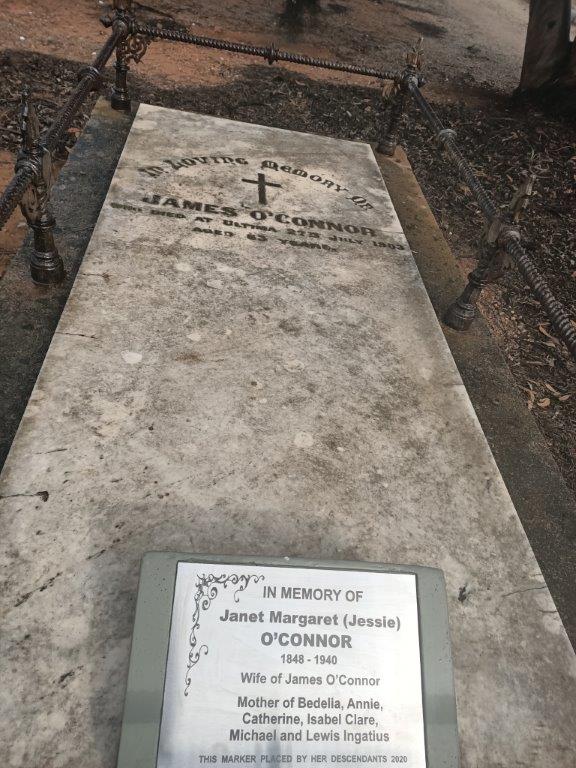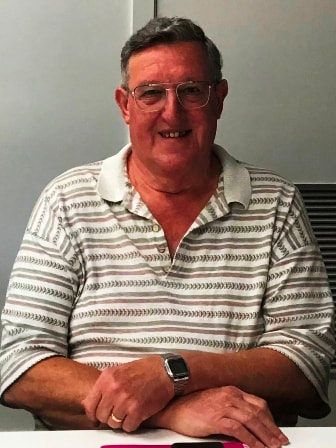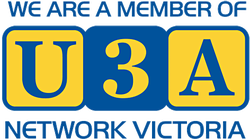My father was a master builder, and whilst I had a very early grounding in the building industry, the corporate world paid a lot better, and there was no capital outlay. I have successfully managed multi-million dollar divisions of large international corporations.
Many of my management roles required me to restructure the organisation to return it to a profitable operation. This almost certainly required change management, in which over the years, I became very experienced. I always took the ‘carrot’ approach rather than the ‘stick’. Change management requires that you incentivise staff in order for the desired result to be achieved, and maintained. These incentives may be a simple, “Thank you, great job”, or a more mercenary incentive of tangible rewards. In any case, all staff must feel like they are contributing equally to a better workplace environment.
In the years since my ‘retirement’ I have been able to inject some of this experience and expertise as, and when, required. Country people don’t appreciate those who go around boasting about their achievements, and I have been well aware of that. I tend to maintain a low profile until I see a situation progressing into an area that may cause some adverse consequences for the organisation, or the broader community. This is where I will generally make a quiet suggestion to key decision makers of the community, to consider what the consequences may be if they do not ensure that the benefits will flow to the broader membership, not just a few selfish, self-centred individuals.
On 1st January 2012 the whole structure of regulations surrounding community organisations changed. The new Government regulations placed volunteers under the same regulations and work place requirements as paid employees, or workers as they were described in the legislative changes. One of the hardest aspects of this change was to have the mind set of longer term community volunteers accept the new regulations. I have however, been reasonably successful in bringing about change, which will serve our community organisations into the future. One of these organisations was the Country Fire Authority.
Barry O’Connor.
2nd October 2023



 RSS Feed
RSS Feed
